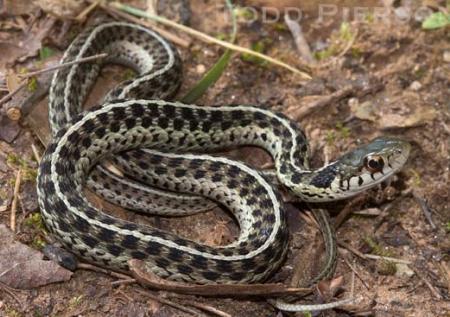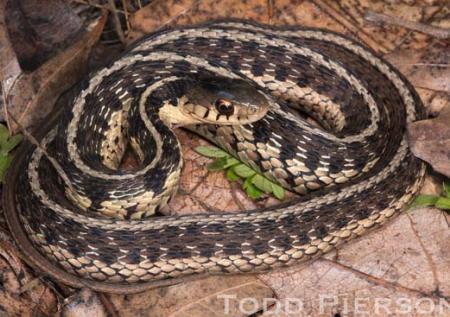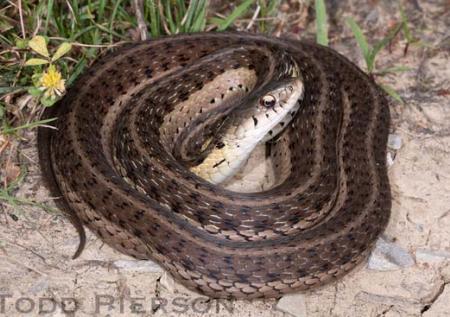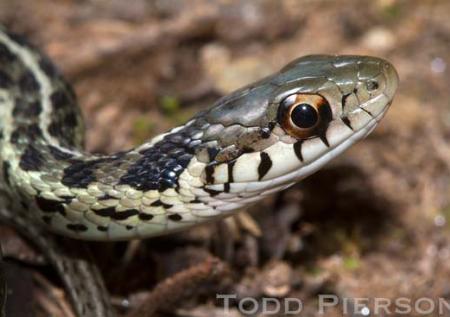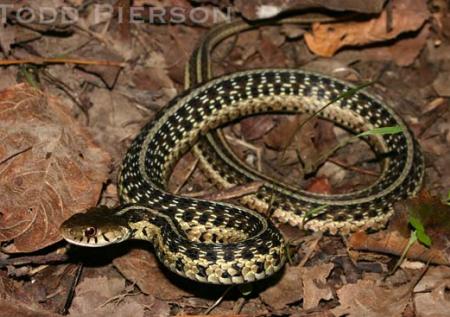Common Gartersnake (Thamnophis sirtalis)
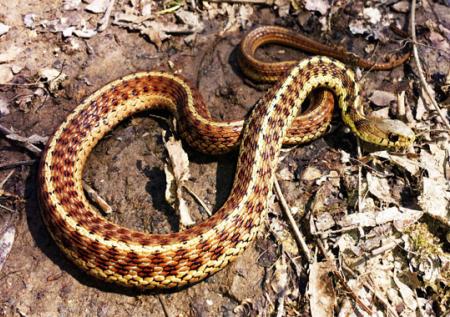
Click a thumbnail below to view the larger image:

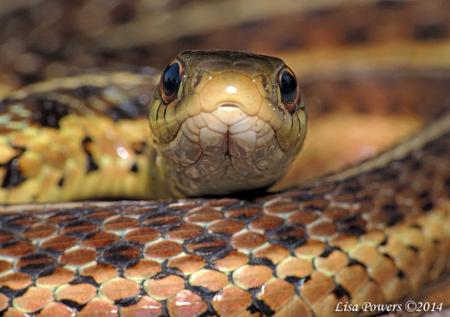
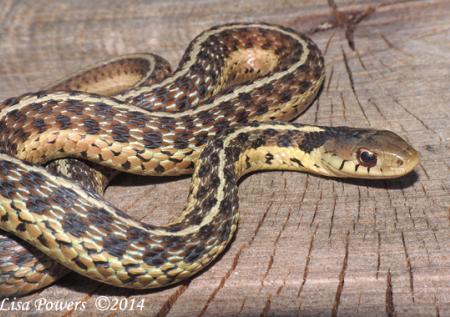
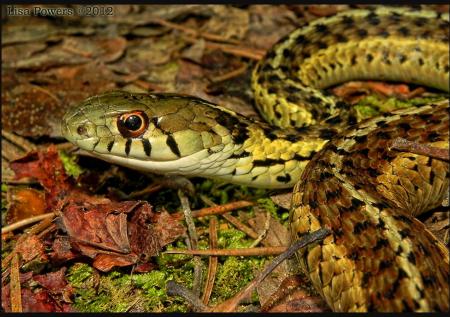
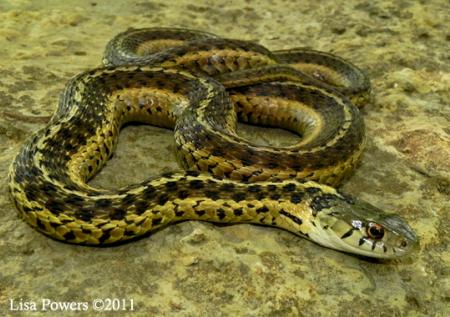


Have you seen a Common Gartersnake?
Click the Report Snake button below to reporting seeing a Common Gartersnake.
Report Snake SightingAppearance
Common Gartersnakes are slender to moderately-stocky snakes that vary considerably in appearance. The dorsum (back) of most individuals range from brown to black. Their distinguishing characteristic is one central and two lateral cream, yellowish or greenish stripes running the length of their bodies. Bellies are usually pale yellow to greenish, often with black spots on the border of each belly scale. Scales are keeled and the anal plate is single. Common Gartersnakes can be easily differentiated from Ribbonsnakes by the presence of dark marking on the lip scales (scales bordering the mouth).
Size
Adult snakes are usually less than 2 feet in total length, though very large individuals (over 40 inches) have been found, especially in eastern Kentucky.
Habitat/Range
Common Gartersnakes are one of the most common snake species in Kentucky, and likely occur in every county. They use a variety of habitats, including forests, agricultural land, wetlands, and suburban/urban yards and parks. They are most abundant when a water source is nearby.
Natural History
Gartersnakes mate primarily in the spring, often forming conspicuous “balls” of snakes. These breeding aggregations usually include one female and several, competing males. Gartersnakes give birth to live young (known as viviparity) in late summer or fall. Juveniles feed on insects and salamanders whereas adults consume frogs, toads, mice and occasionally nesting birds.
Common Gartersnakes are quite cold tolerant. They are often the first snake species active in the late-winter or spring, and have been known to even bask on warm winter days.
Notes/Miscellaneous
Although harmless and often enjoyable to watch in backyards, Gartersnakes will often release pungent musk when handled. Larger individuals may attempt to bite.
Supplemental Images
